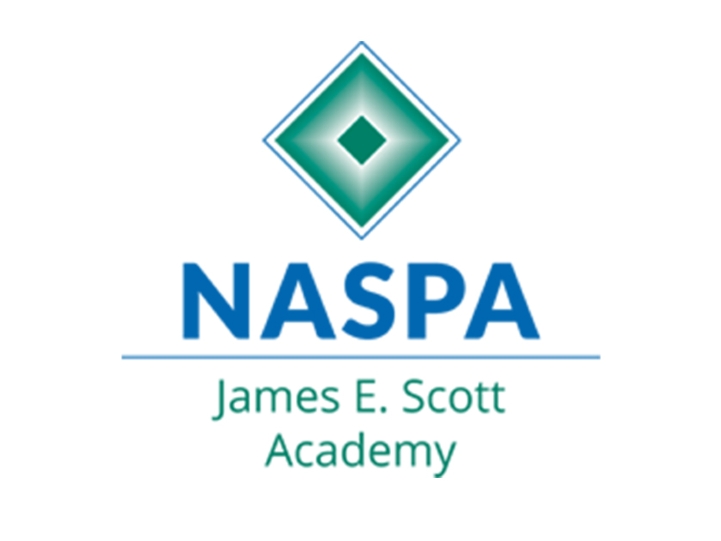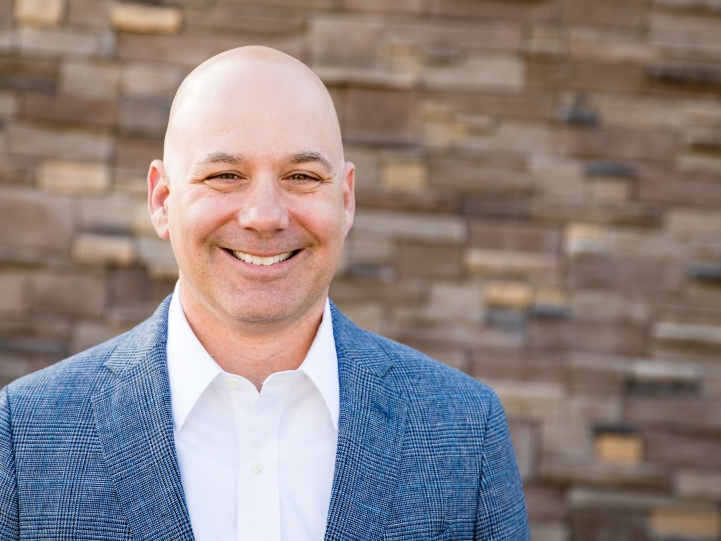
What a Jedi Real Estate Agent Taught Me About Decision-making
Career and Workforce Development Supporting the Profession AVP or "Number Two" Senior Level VP for Student Affairs
August 2, 2023
During a recent cross-country move and the joys of buying and selling homes that accompanied it, I reflected on my first home-buying experience. Though it was equally terrifying, thrilling, and frustrating, I’m a more able and confident home buyer today because of it. More importantly - I’m a better decision-maker because of it.
My late friend and colleague, Michael, served for years as a leader in the residence life department on a campus where I previously worked. He was a kind and committed professional whom I feel fortunate to have known and learned from. He also happened to be a licensed real estate agent who periodically served as a “buyer’s agent” for numerous friends and campus employees through the years. I’m glad I was one of them.
I thought we would crack our knuckles and start looking at houses during our first scheduled time together. But, as might be expected of a seasoned student affairs professional, Michael first facilitated a clarification process that was eerily similar to a learning outcome exercise I imagine he practiced with his res life staff. He helped me develop a framework for my decision-making in the form of must-have, don’t-want, and don’t-care lists. After hours of initial work and more hours of refinement during our next meeting several days later, he scribbled my final ordered lists in 3 columns on the piece of paper that would travel with us to every single one of the 15+ houses we would visit together during the next three months.
Michael’s role was primarily unobtrusive. He wasn’t trying to sell me a house. Not a single time did he even ask me if I liked a house as we toured it. That wouldn’t have been the right question. Each time we visited a house, he wielded that folded sheet of scribbled lists and led me through the exercise of assessing each house based on what I’d said was essential to me before I’d ever stepped into a potential future home. His role was to keep the framework at the forefront.
I remember feeling particularly motivated to bring my home-buying process to a close one day. Michael and I walked into a fascinating house I couldn’t believe was in my price range. I said, “I love it! This is the one. Let’s do it.” As he had done at least twelve times before, he patiently unfurled the list and talked me through all the must-haves and don’t-wants that were misaligned with my feelings that day. In response to my spontaneous and emotionally-exhausted resolve to buy that house that day, Michael calmly offered me three options: 1. I could find a different real estate agent willing to sell me the house; 2. We could go back to his office to develop three new lists based on the circumstances of my life that had changed since we made the first lists (nothing had changed, by the way); 3. We could exit the house and forget this conversation happened.
I wisely chose the third option, which forever changed how I think about decision-making. Michael was a Jedi. He taught me the importance of relying on a solid framework, knowing that there would be a time when I would be content to allow the urgent, the convenient, the frustrating, the exhausting, or the expedient to rule the day.
One practice that has served me well in both of my senior student affairs officer (SSAO) roles is my commitment to minimizing the number of isolated, one-off decisions we make in our division by relying on decision-making frameworks. As an SSAO, I am constantly asked to make decisions based on urgency, convenience, frustration, exhaustion, expediency, or some other compelling force someone is understandably dealing with as they navigate their role. Rarely a week goes by when I’m not asked to consider additional funding, additional space, title upgrades, job reclassifications, salary increases, organizational restructures, support for new initiatives, exceptions to policies/practices/protocols, increased flexibility, new positions, or other actions that significantly affect individuals or teams in our division. I’m constantly being asked to make one-off decisions. I get it. That’s part of the job. I signed up for the asks, and don’t begrudge them. But individually reacting to each ask without considering it in the totality of all we’re trying to do and be, is not sustainable.
There are times and circumstances when it’s necessary or even prudent to make one-off decisions. But when we do it constantly, we’re potentially less consistent with past or future decisions. We’re less intentional in our work. Staff are less clear about what’s important, how to prioritize asks, or how we get to yes. However, when we take the time (and it takes a lot of time) to engage our teams in developing solid, well-conceived, clearly-articulated frameworks for organizational decision-making, we make clearer, better, more consistent, and more intentional decisions. To revisit my metaphor – When we use frameworks to make decisions, we’re more likely to buy the house we intended to buy.
We can’t create a framework for answering every question or solving every problem we will likely encounter in our roles. But I believe we can use frameworks strategically to minimize uncertainty and increase transparency related to decision-making in our organizations. For example, we can build a framework that explains when and under what circumstances mid-cycle salary adjustments will be considered. We can build a framework that distinguishes a coordinator from an assistant director, an assistant director from an associate director, and a director from an executive director. We can build a framework that clarifies divisional expectations related to departmental search and hiring processes. We can build a framework that explains remote work parameters and expectations based on job type. We can use frameworks to articulate what is and isn’t important, so our staff aren’t spinning their wheels. Frameworks can proactively answer questions and remove the guesswork. They can help us be transparent. They can help reduce the mystique of decision-making.
And what if we don’t like the decisions our frameworks are yielding?
Decision-making frameworks aren’t meant to be etched in stone forever. We can (and should) periodically revisit and adjust them based on changing circumstances, priorities, and inputs. The point is not to let a single event, or the urgency of the moment knock us off course or lock us into a suboptimal decision. The point is to buy the house we intended to buy all along.

Jeremiah Shinn serves as the vice president for student affairs & enrollment management at Boise Sate University and is a member of the NASPA James E. Scott Academy Board.